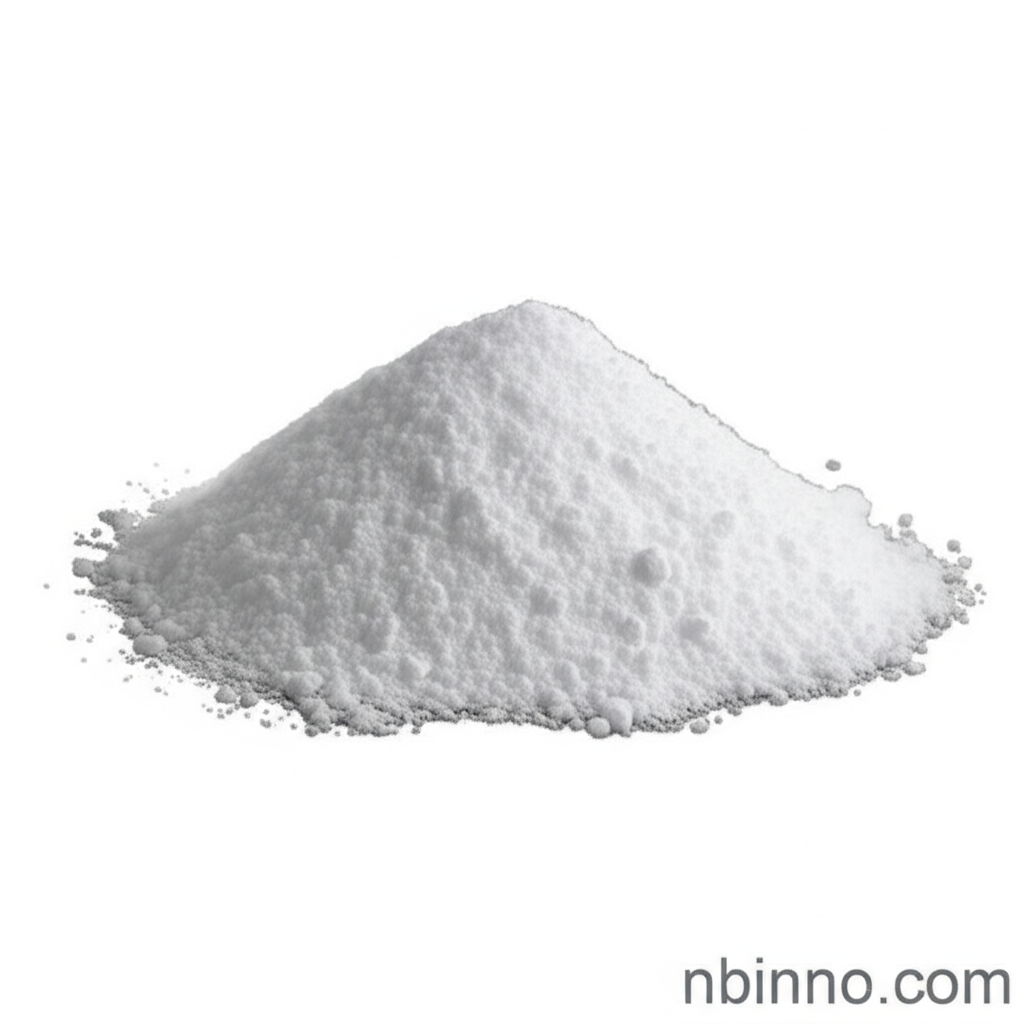Tin(II) Acetate: A Versatile Lewis Acid Catalyst and Precursor for Advanced Materials
Explore the multifaceted applications of Tin(II) Acetate in organic synthesis and cutting-edge material development.
Get a Quote & SampleProduct Core Value

Tin(II) Acetate
Tin(II) acetate, also known as stannous acetate or diacetoxytin, is a white crystalline powder that serves as a highly effective Lewis acid catalyst. Its chemical properties make it invaluable in facilitating a range of organic synthesis reactions, particularly esterification and transesterification processes. Beyond its catalytic prowess, this compound is a vital precursor in nanotechnology for the creation of advanced materials such as bimetallic nanoparticles and high surface area tin oxide catalysts.
- Leverage the catalytic power of Tin(II) acetate for efficient esterification reactions, a key process in many chemical manufacturing sectors.
- Utilize stannous acetate in organic synthesis to drive complex molecular transformations with precision.
- Explore the applications of diacetoxytin in nanotechnology, facilitating the development of novel materials with unique properties.
- Discover the role of tin acetate in creating high surface area tin oxide catalysts, crucial for various industrial chemical processes.
Key Advantages
Enhanced Catalytic Activity
As a potent Lewis acid, Tin(II) acetate significantly accelerates esterification and transesterification reactions, leading to improved yields and reaction times in chemical synthesis.
Versatile Precursor for Nanomaterials
Its utility as a precursor makes it indispensable for synthesizing advanced nanomaterials, contributing to breakthroughs in fields like energy storage and catalysis, as seen in the production of tin-copper bimetallic nanoparticles.
Enabling C-H Activation
In combination with palladium catalysts, Tin(II) acetate facilitates carbon-hydrogen activation, opening new pathways for efficient organic compound synthesis.
Key Applications
Organic Synthesis Catalyst
Tin(II) acetate is extensively used as a catalyst in various organic reactions, particularly for esterification and transesterification, streamlining chemical production processes.
Nanomaterial Synthesis
It serves as a critical precursor for producing advanced nanostructures like tin oxide catalysts and bimetallic nanoparticles, vital for energy and catalysis applications.
Thin Film Deposition
The compound finds application in processes like photochemical vapor deposition (PCVD) for fabricating tin oxide thin films used in electronic and optoelectronic devices.
Oral Care Formulations
Research indicates its involvement in stannous oral care products, suggesting potential benefits in dental hygiene due to its antimicrobial properties.
